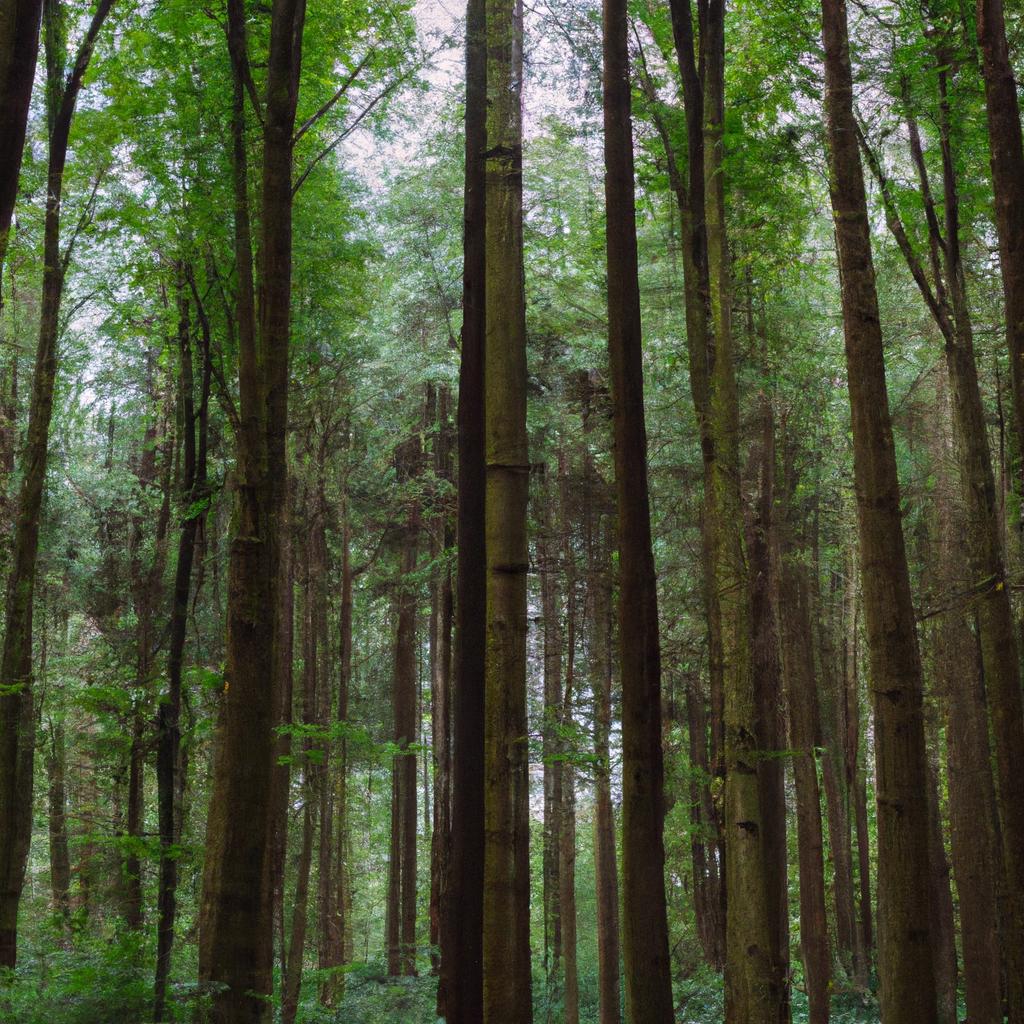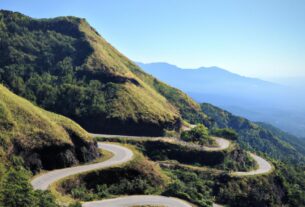Belgium, a country known for its rich history, delightful architecture, and delectable chocolates, is also home to some of Europe’s most enchanting forests. Despite its small size, Belgium boasts mighty forests that serve as havens for wildlife and a source of inspiration for nature enthusiasts. In this article, we will embark on a journey to explore the beauty of Belgium’s forests and understand why they play a crucial role in the country’s ecosystem.
The Majestic Forests of Belgium
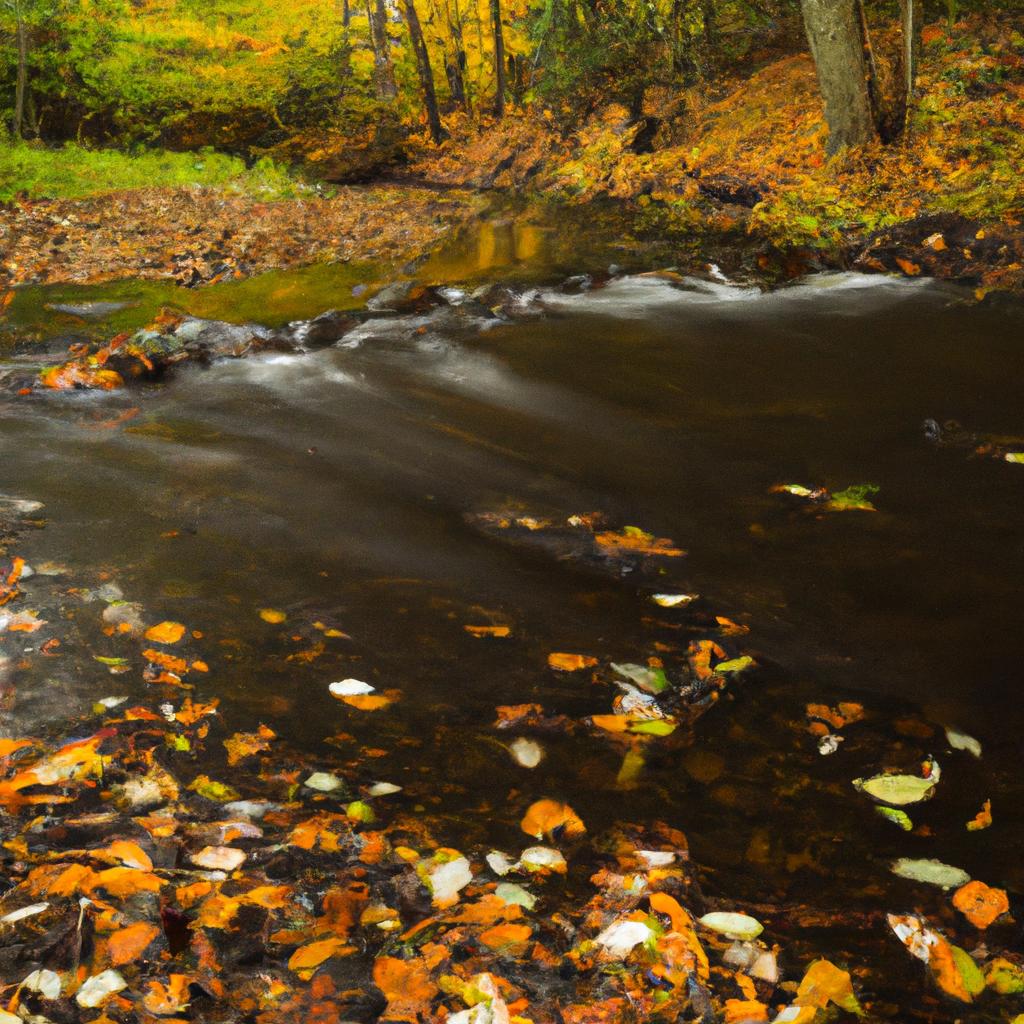
Image: A serene view of autumn in the Belgium forest
Forests are integral to Belgium’s landscape, covering approximately 23% of the country’s total area. These forests are teeming with diverse flora and fauna, making them biodiversity hotspots. Apart from providing habitats for wildlife, forests also play a vital role in regulating the climate by absorbing carbon dioxide and producing oxygen. Additionally, they serve as valuable sources of timber and non-timber forest products.
Belgium forests are a sight to behold, with various tree species and plants creating a captivating and varied landscape. From the enchanting beech forests of Fagne-Famenne to the breathtaking coniferous forests of the Ardennes, there is a forest that will captivate the heart of every nature lover. These forests offer a serene escape from the bustling city life, allowing visitors to reconnect with nature and appreciate its magnificent beauty.
In the following sections, we will delve deeper into the top forests in Belgium, the remarkable biodiversity found within their boundaries, the threats they face, the conservation efforts in place, and more. Join me as we embark on this expedition to explore the natural wonders of Belgium forests and discover why they are vital to the health and well-being of our planet.
The Top Forests in Belgium
Belgium is home to several exquisite forests, each with its own unique features and attractions. Let’s take a closer look at the top three forests in Belgium that are definitely worth exploring:
1. Sonian Forest
Located in the heart of Brussels, Sonian Forest is one of Belgium’s largest beech forests, covering over 4,421 acres. Its history dates back to the Roman era, and today, it stands as a popular destination for picnics, walks, and UNESCO World Heritage Site. With numerous hiking and cycling trails, Sonian Forest provides a wonderful opportunity to immerse oneself in nature within the bustling city.
2. Ardennes Forest
Spanning across the southern part of Belgium, the Ardennes Forest is one of the country’s most extensive and well-known forests. Dominated by coniferous trees, the forest offers a range of hiking and biking trails, making it an ideal destination for nature lovers. The Ardennes Forest is also home to an array of wildlife species, including wild boars, deer, and even wolves.
3. Fagne-Famenne
Situated in the Ardennes region, Fagne-Famenne is a stunning beech forest that stretches across the landscape. It provides several hiking trails and is particularly popular among birdwatchers. Furthermore, this forest houses unique flora and fauna species, including the European lynx and the black grouse, adding to its allure.
In conclusion, Belgium’s forests are a valuable natural resource that deserves our utmost appreciation and protection. Whether you are an avid nature lover or a passionate hiker, these forests have something for everyone. So, pack your bags, put on your hiking boots, and set out to explore the breathtaking beauty of Belgium’s forests.
Biodiversity in Belgium Forests

Image: The majestic view of the Belgium forest and mountain range
Belgium forests are renowned for their remarkable biodiversity, housing a diverse range of flora and fauna within their borders. More than 4,000 plant species, including rare and endangered ones like the lady’s-slipper orchid, thrive in these forests. Additionally, the forests provide habitats for various animals, including deer, wild boars, and birds of prey.
Flora in Belgium Forests
Belgium’s forests are home to a wide array of plant species, ranging from deciduous trees such as oak, beech, and birch to coniferous trees like spruce and pine. The forest floor is adorned with abundant plant life, including wildflowers, ferns, and mushrooms. This rich variety of plant species plays a crucial role in the ecosystem, providing food and habitats for wildlife and contributing to the overall health of the forests.
Fauna in Belgium Forests
Belgium forests support a diverse range of animal species, including mammals, birds, reptiles, and amphibians. From large mammals like deer, wild boars, and foxes to smaller creatures like shrews, bats, and rodents, the forests provide a habitat for a multitude of remarkable species. Additionally, a multitude of birds, including majestic birds of prey like buzzards and sparrowhawks, find refuge within these forested realms.
Importance of Preserving Biodiversity in Belgium Forests
Preserving the biodiversity of Belgium’s forests is crucial for maintaining the health and well-being of these ecosystems and the planet as a whole. Biodiversity offers numerous ecosystem services, including pollination, pest control, and nutrient cycling. It also contributes to the resilience of ecosystems, allowing them to adapt to changing environmental conditions.
In conclusion, the biodiversity found within Belgium forests is a critical component of the country’s natural heritage. It provides essential ecosystem services and contributes to the overall health and well-being of the forests. Therefore, it is vital that we take proactive steps to preserve and protect the biodiversity of these forests, ensuring their longevity and continued contribution to the health of our planet.
Threats to Belgium Forests
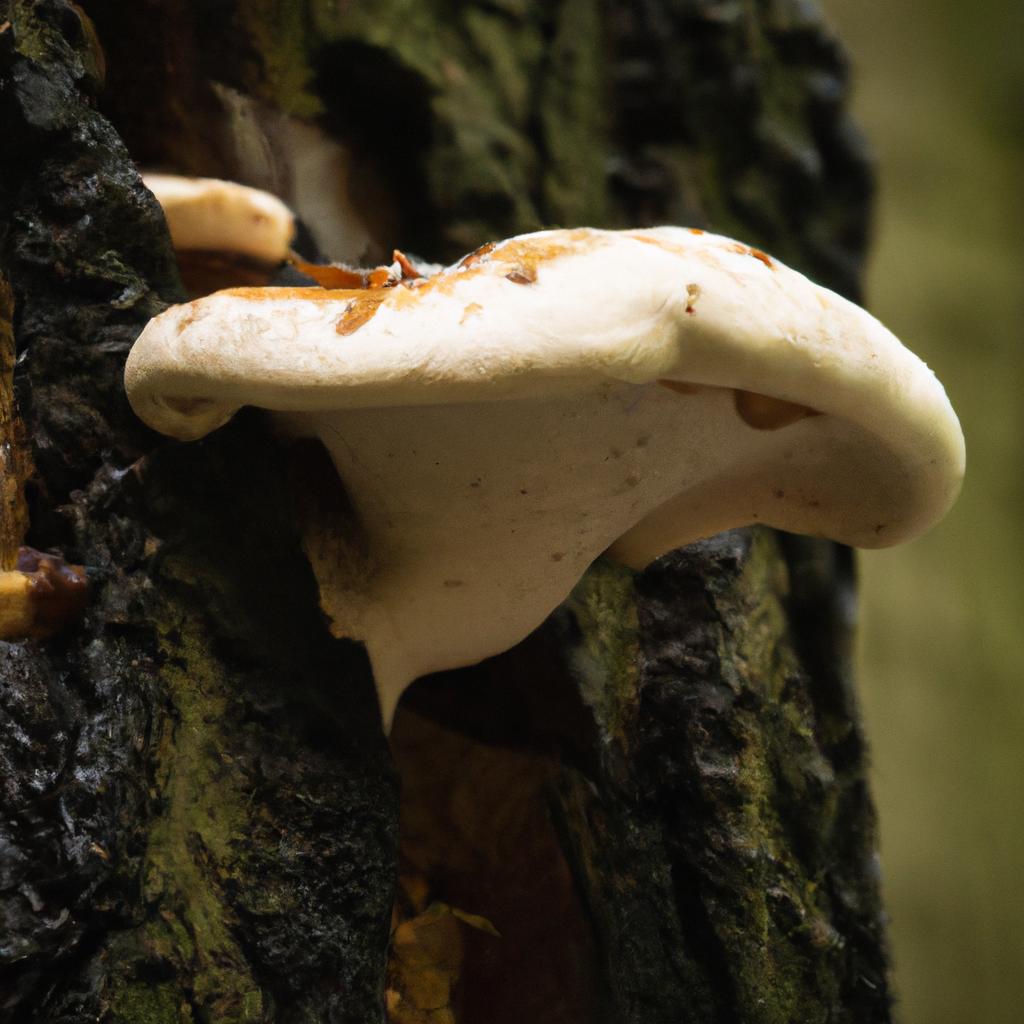
Image: A macro shot of a mushroom in the Belgium forest
Belgium forests face several threats that can jeopardize their health and sustainability. Let’s explore some of the most significant challenges that these natural wonders encounter:
Human Activities
Belgium’s forests are under threat from various human activities, including deforestation, urbanization, and pollution. Deforestation poses a considerable risk to these forests, as many are cleared for agricultural purposes and urban development. Loss of forests results in reduced biodiversity, soil erosion, and decreased carbon dioxide absorption. Furthermore, pollution from industrial activities and transportation, such as acid rain and air pollution, can harm the trees and soil.
Climate Change
Climate change poses a significant threat to the health and sustainability of Belgium’s forests. Rising temperatures and shifting rainfall patterns can lead to droughts and wildfires, causing devastating impacts on forests. Climate change can also facilitate the spread of diseases and pests, further endangering the trees. Given that Belgium’s forests play a crucial role in carbon sequestration, the impact of climate change on these ecosystems can have severe consequences for the overall health of the planet.
To ensure the sustainability of Belgium’s forests, it is essential to take action in addressing these threats. Conservation efforts, such as reforestation, reducing carbon emissions, and protecting biodiversity, can play a pivotal role in preserving these natural wonders. Recognizing the value of forests and their contribution to climate regulation and biodiversity preservation is crucial. By taking proactive measures to protect Belgium’s forests, we can secure a sustainable future for all.
Conservation Efforts in Belgium Forests

Image: A beautiful hiking trail in the Belgium forest
Belgium’s forests face significant threats, including deforestation, forest degradation, and fragmentation. However, the Belgian government, in collaboration with non-governmental organizations (NGOs), has initiated numerous efforts to protect and conserve these invaluable resources.
Belgian Government Initiatives
The government has implemented various policies, laws, and regulations to safeguard forests in the country. For example, the Flemish Forest Decree and Wallonian Forest Code regulate forest management practices and prohibit deforestation and fragmentation. Additionally, the government has established nature reserves and national parks, such as the Hoge Kempen National Park that spans over 5,000 hectares of forested land.
Furthermore, the government is investing in reforestation efforts, aiming to increase forest cover to 30% by 2020. They provide financial incentives to landowners for planting new forests and collaborate with NGOs to restore degraded forests.
Non-Governmental Organizations (NGOs) Initiatives
Several NGOs in Belgium are actively involved in the protection and preservation of the country’s forests. The World Wildlife Fund (WWF) Belgium, for instance, collaborates with the government to promote sustainable forest management practices. They also focus on educating the public about the importance of forests in mitigating climate change.
Another notable NGO, Natuurpunt, plays a significant role in monitoring and safeguarding forest biodiversity. They establish nature reserves and work closely with local communities to promote sustainable forest management practices.
Success Stories
Conservation efforts in Belgium have yielded positive results. For instance, the Hoge Kempen National Park has witnessed an increase in the population of rare and endangered species, such as the European wildcat and the black grouse. Reforestation initiatives have also led to the restoration of degraded forests, resulting in increased carbon sequestration and improved air quality.
In conclusion, the combined efforts of the Belgian government and NGOs have demonstrated success in protecting and conserving the country’s forests. However, there is still more work to be done to ensure their long-term sustainability. By supporting these conservation efforts, we can contribute to the preservation of the beauty and ecological significance of Belgium forests, ensuring that they thrive for generations to come.
In Conclusion
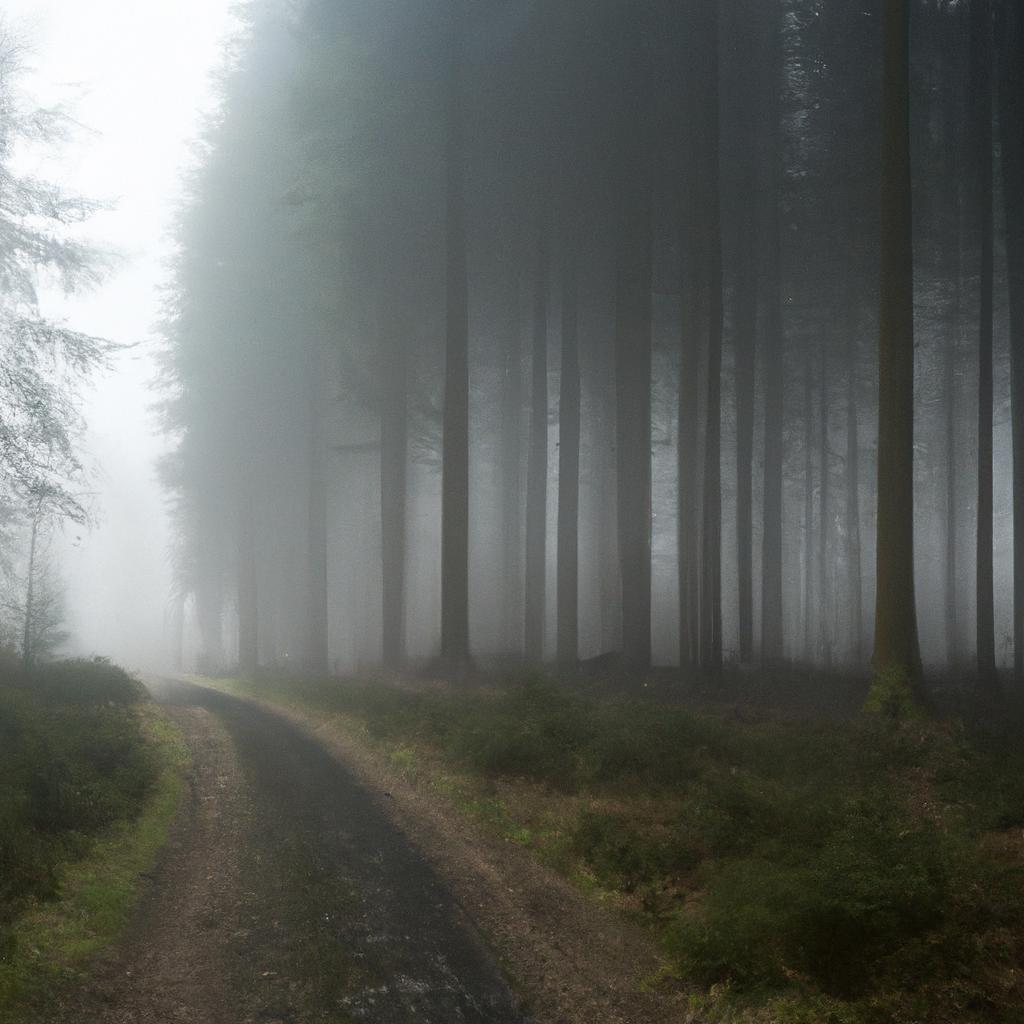
Image: A mystical view of the Belgium forest in the morning fog
Belgium forests are not only visually captivating but also essential for the country’s ecosystem and the health of our planet. These forests harbor a diverse range of flora and fauna, providing habitats for wildlife and contributing to climate regulation. Furthermore, they offer an array of benefits to humans, such as timber and non-timber forest products, as well as opportunities for recreation and relaxation.
Nevertheless, these forests face numerous threats, including human activities and climate change. Taking action to preserve and protect these invaluable resources is of utmost importance. Fortunately, conservation initiatives undertaken by the Belgian government and NGOs are making a difference. These efforts have resulted in success stories that highlight the significance of forest conservation.
As nature enthusiasts, we have a role to play in preserving the beauty and biodiversity of Belgium forests. We can support forest conservation by reducing our carbon footprint, practicing recycling, and endorsing organizations that strive for forest preservation. Together, let us ensure that Belgium’s forests continue to flourish, providing their multitude of benefits to our planet and future generations.
References:
- Belgium.be. (n.d.). Forests in Belgium. Belgium.be. https://www.belgium.be/en/environment/nature/forests_in_belgium
- European Environment Agency. (2016). State of Europe’s Forests 2015. European Environment Agency. https://www.eea.europa.eu/publications/state-of-europes-forests-2015
- WWF Belgium. (n.d.). Forests. WWF Belgium. https://wwf.be/en/what-we-do/forests/
